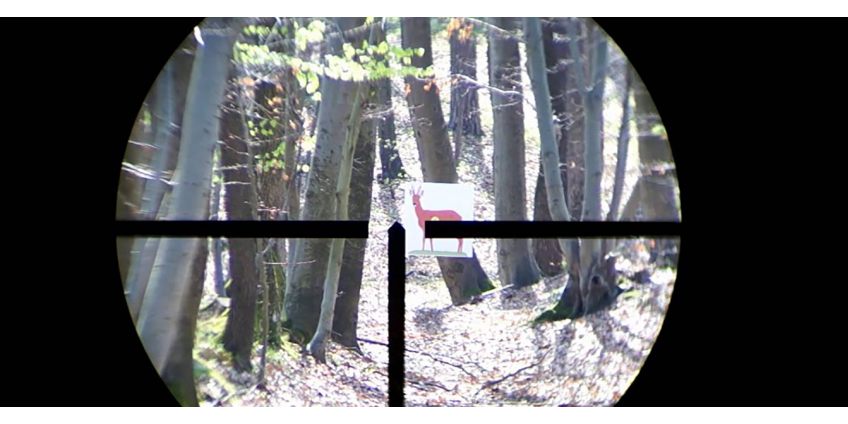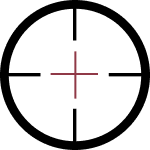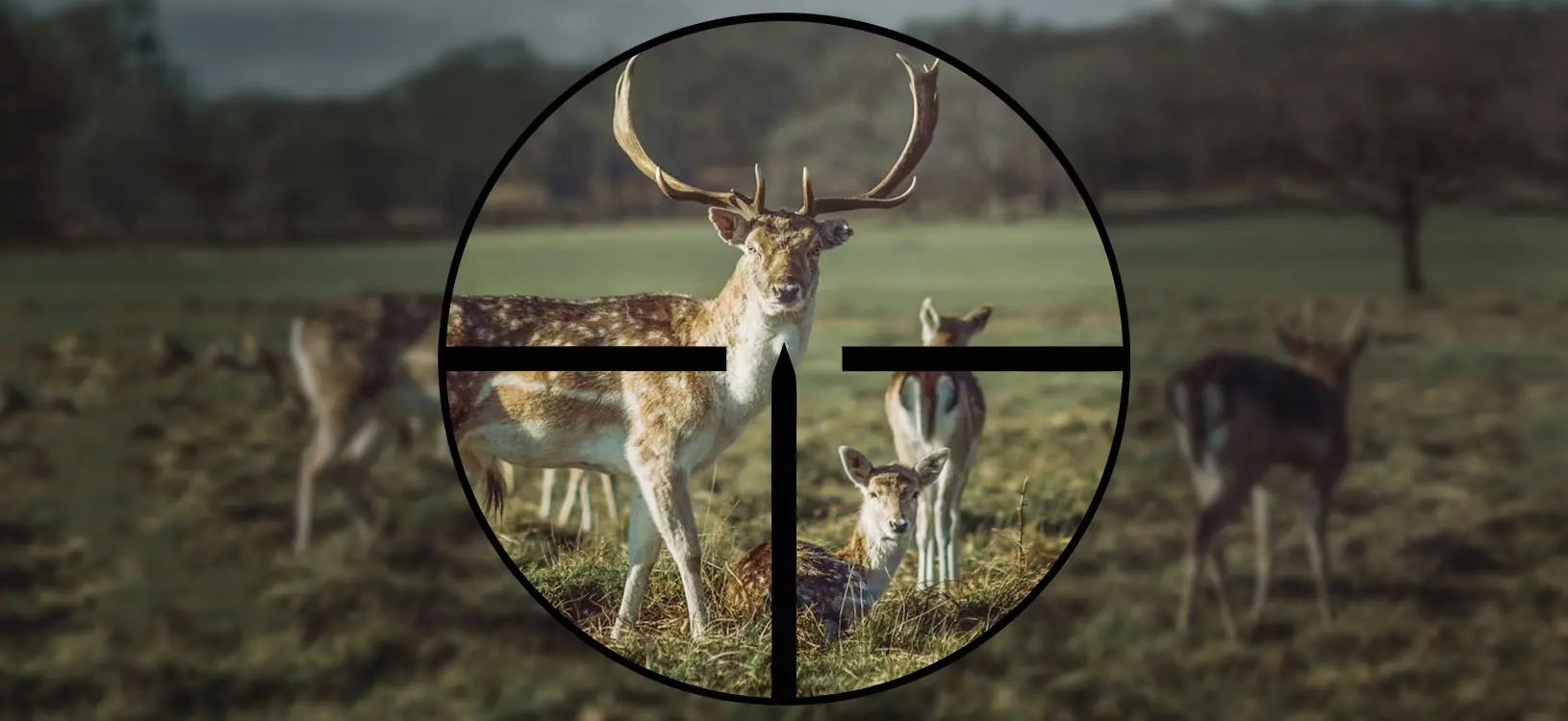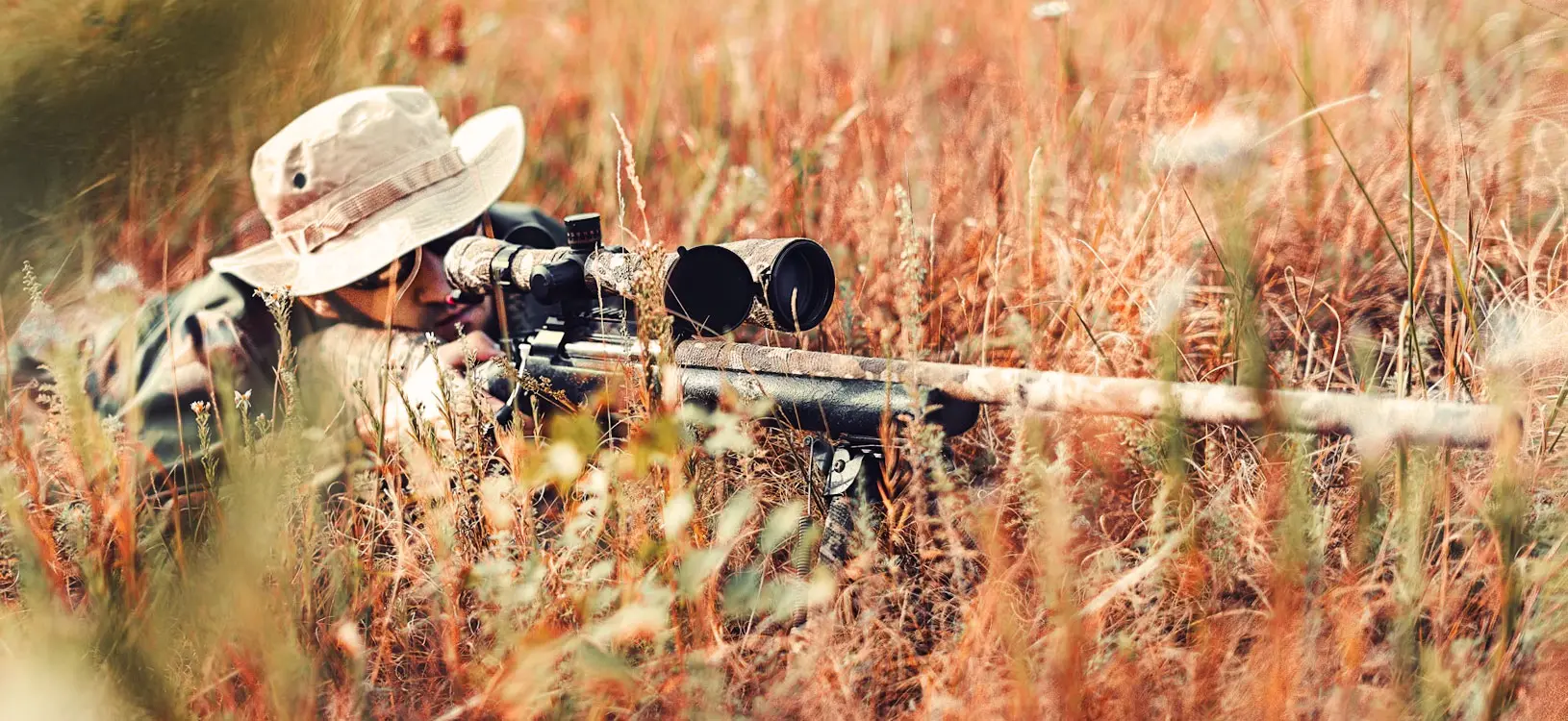
This product is not exportable outside the United States.
By adding this item to cart, you agree and acknowledge the Export Policy and confirm that you are a person in the United States with no intentions to illegally export the device.
This product is not exportable outside the United States.
By adding this item to cart, you agree and acknowledge the Export Policy and confirm that you are a person in the United States with no intentions to illegally export the device.


0

0


When choosing your rifle's sight, much attention is paid to such design elements as the reticle. Every shooter, hunter, or sniper knows which grid design will most suit specific tasks. But what if the goals are different? If you need other types of sighting grids for various tasks. Suppose environmental conditions change in the process. There's no point in carrying a lot of different scopes while you're hunting. Please choose the one you like and use its functions to the maximum. In this article, we decided to discuss other designs and focus your attention on the German sighting grid. But first, let's look at the types of sighting grids and their main differences from the German ones. Shall we begin?
Among the many post-reticles, the most popular are German #1 and #4. They are often used in rifle scopes other than Dot, BDC, standard Duplex and other style reticles. The popularity of German #1/#4 is due to many factors. They are universal, simple and familiar to every shooter. Using these reticles increases aiming speed and shooting accuracy, so many are willing to pay a decent price.
 Original Reticle
Original Reticle Dot Reticle
Dot Reticle German Reticle
German Reticle Duplex Reticle
Duplex Reticle BDC Reticle
BDC Reticle MIL Dot Reticle
MIL Dot Reticle Non-illuminated Reticle
Non-illuminated Reticle Illuminated Reticle
Illuminated ReticleLet's get to the bottom of the subject. Mildot and BDC sights are famous for long-range and medium-range shooting, while German four is widely used for cross-country hunting.
This grid is called "German," regardless of the grid number. The most common and simplest of these are German # 4 and German # 1. You can see these grids with thick right, bottom, and left (3, 6, and 9 hours) crosses, which narrow down to the center in the original style or with a point in the center. Sometimes, they have a 12-hour / top crosshair, and sometimes without it. These German grids are often illuminated.

German #1 is one of the oldest and most efficient grid variants. It's a grid made up of three noncrossing bold lines. The lower vertical line goes just above the center, so you can accurately find the middle of the optics with your eyes.

The reticle - German #4 is very similar to the "duplex" reticle, widely spread in newer aged sights, but without a bold line at the top of the field of view. Due to the different thicknesses of the outer lines and the inner crosshairs, this grid is perfect for snapshot shooting and thoughtful precision targeting. The mesh is also apparent (at sights with a mesh in the first focal plane on the minimum multiplicity, the crosshairs from thin lines sometimes are almost indistinguishable). The luminous center dot's variable diameter will provide the hunter invaluable assistance in fast and accurate shooting.
The main difference between the German #1 reticle scope and the German #4 reticle is their appearance. Three non-intersecting lines characterize the first, and the second is by the presence of center crosshairs. The next difference is that #1 is suitable for regular shooting, and #4 - for high-speed. Another difference is observed in the aiming speed. #4 surpasses #1 even in the case of less-than-ideal light transmission hunting scope quality.

The Germans are pedantic, consistent, and very smart. That is why their weapons makers and scientists have created many weapons and related items. There is one more reason—their love for war, but now this is not about that. Therefore, it is unsurprising that several reticle variants were developed in Germany during the Second World War.
German # 1 reticle has become legendary for its widespread presence in popular culture. Surprisingly, despite these inventions' venerable age, it turned out that rejects are ideally combined with modern personal weapons.
The reticle pattern has proven so relevant that modern night vision and thermal vision technology have been created for them. Today, the most relevant scopes are German reticle # 1 and German reticle # 4. Their symbiosis with these technologies is simply flawless. The shooter's choice depends solely on several objective nuances: the firing range, the size of the hunting object, and what time of day you will be hunting.
Option number 4 is prevalent today. It differs little from option one but provides more ergonomics for accurate aiming. But, it is not very comfortable when shooting in low light.
German reticle # 1 is ideal for those who love point-and-shoot fast. But it also has minor drawbacks. So, with its use, it is difficult to aim at small targets. This is not surprising because it was developed, first of all, for use by snipers. Therefore, if your target is squirrels or meadow dogs, choose a different scope—for example, German reticle # 4.

The stunning ergonomics and interchangeability between two almost identical reticles are breathtaking. Their symbiosis with modern weapons is also surprising. But, the most amazing thing is how rejects were ahead of their time, becoming a benchmark.
The grid-type German #4 with an illuminated center dot is perfect for both quick overturnings at the minimum multiplicity and accurate shooting over long distances from a stable position - at maximum. The German grid's advantage is that the lines in the lens are bold and visible. If the battery goes down or needs to move the sight sharply by changing the spotting point, your eye will have time to focus on sharp lines. This way, the sighting is faster. Using this grid in low light conditions or un-lit scopes also gives the shooter an advantage.
The sighting grid implies distance estimation and compensation of the bullet trajectory. The easiest way to use ballistic grids is to use line spacing in milliradians (mrad).
The German #4 visual grid in a typical European style is easily recognizable even on complex backgrounds and in the shade due to thick guides.
German #1 and German #4 are the most famous sighting reticles. They are more helpful to shooters than various iron sights and reticles of other types. German #1/#4 are equally well-suited for shooting at multiple targets for night and daylight hunting. Their use does not create discomfort and makes it possible to increase the speed of aiming. All this positively affects shooting accuracy and makes such reticles the most popular.

A reticle is a pattern of fine lines, dots, or other markings embedded in an optic's eyepiece.
Mil-Dot is considered the best reticle for increasing shooting accuracy.
Mil-Dot is the most popular option for snipers.
Modified: Nov 19, 2024 | 04:02 pm
Table of contents
Featured Articles
The tricky question is how to calculate MOA? In addition, what to do with the calculated MOA if the scope magnification changes? In this article, we t..
Animals see differently than people do. Therefore, you will need clothes other than military camouflage to hunt at night. There is camouflage for hunt..